what is Gorilla Trekking?
Gorilla trekking involves hiking through difficult terrain, thick vegetation, water bodies, hills and valleys. The activity can be very challenging and strenuous leaving one exhausted and with sore knee especially if they are not used to walking for long hours.
Check this: 14 days Uganda& Kenya African Safari
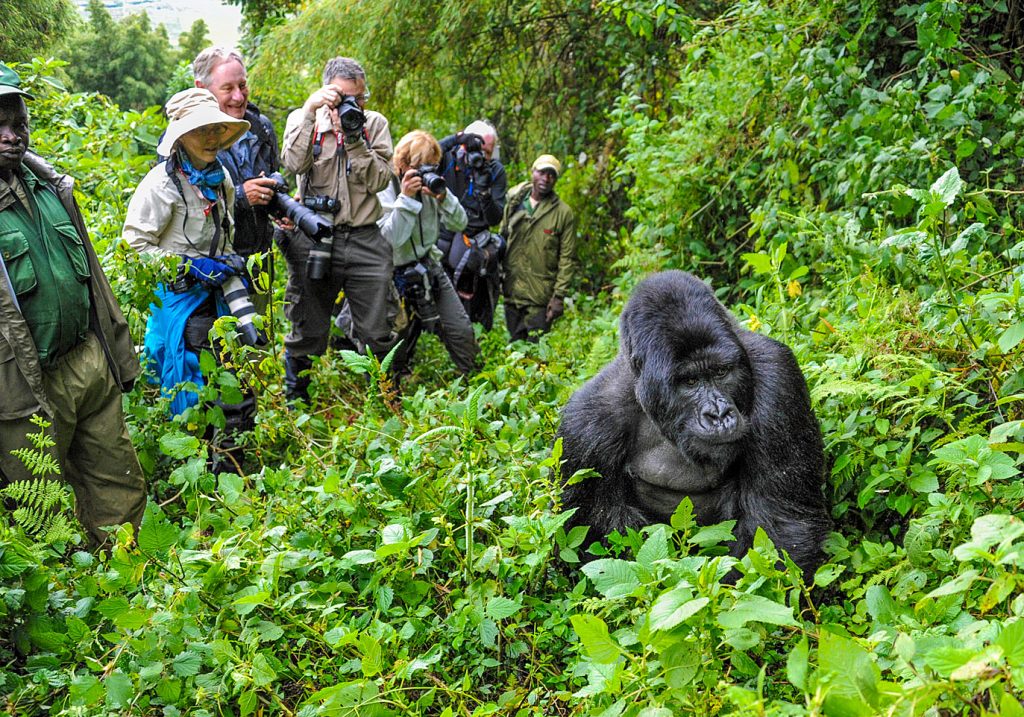
IS GORILLA TREKKING INTERESTING?
Gorilla trekking is arguably the most exciting wildlife activity in Africa. They are fascinating creatures because they behave and resemble, like humans. If you read more facts about mountain gorillas, you will learn that they are one of the most gentle and calm primates. Only 1,000 mountain gorillas remain on earth. They are different from lowland gorillas that are common in zoos and forests of Central/West Africa. The endangered Mountain gorillas are only fond in Uganda, Rwanda and Congo. Uganda has half of the total number of mountain gorillas. In Uganda, the primates can be seen in Bwindi and Mgahinga National Park. To see mountain gorillas in Rwanda, you need to visit the Volcanoes National Park while in Congo, it is the Virunga National Park. The primates live in groups led by a dominant silverback who ensures that everyone is safe and in order. Gorilla trekking is an extremely popular and expensive activity but worth every penny. After booking your gorilla tour and leaving the issue of transport, permits and accommodation to your tour operator, the next thing that comes to mind is how best to prepare. You might ask yourself the question – What should I pack for gorilla trekking? Though gorilla trekking is an exciting and adventurous activity, you need to go prepared. One of the most common mistakes we observe in our experience running safaris are tourists who have not prepared well for gorilla trekking. During briefing, we see some visitors in simple sandals, white sneakers and shorts which are not suitable for such a demanding activity.
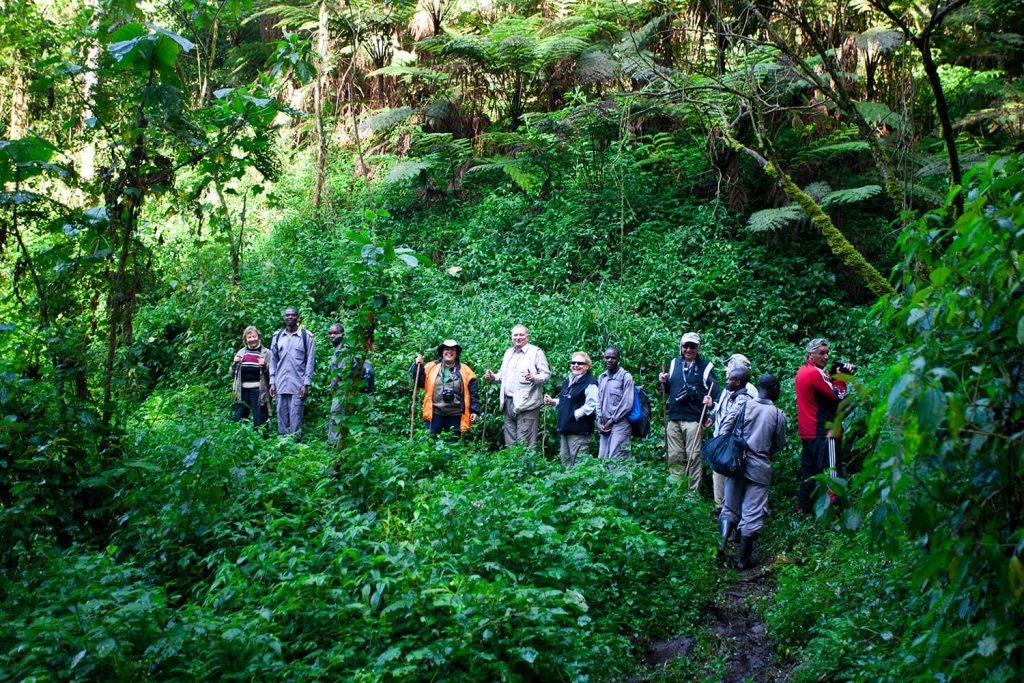
Check this: 28 Days African Safari-5Countries
IS GORILLA TREKKING SAFE?
Uganda and Rwanda are considered to be one of the safest countries in the world. The chances of being mugged or stolen in Rwanda and Uganda may be lower than in your own country. … All tourists are escorted with armed rangers while tracking the gorillas
IS GOTILLA TREKKING DANGEROUS?
Due to the fact that with gorilla trekking you walk through the jungle, many tourists on either Uganda gorilla safaris, Rwanda gorilla tours, or gorilla trekking in Congo, wonder whether gorillas are dangerous to humans. If you are wondering whether gorillas are dangerous, the answer is NO.

WHAT IS THE PRICE OF A GORILLA PARMIT IN AFRICA
IN UGANDA: 1gorilla permit cost: $800 per permit valid for one time trek for the assigned date
IN RWANDA: 1gorilla permit costs:$1500 per permit valid for one time trek for the assigned date
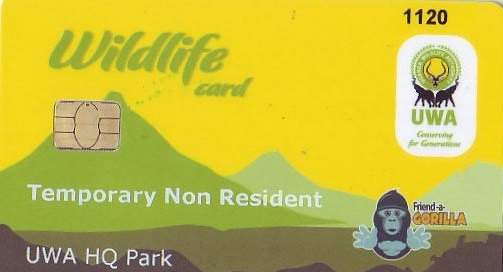
IS GORILLA TREKKING WORTH THE MONEY?
Gorilla trekking is expensive because mountain gorillas are endangered and because of that many people want to see them. The high numbers of tourists interested in seeing them has forced many governments to raise the price of permits. And also some countries depend on tourism to collect revenue to run the country.
Gorilla trekking is totally worth the money. … Mountain gorillas attract a large number of tourists who travel to Africa just to trek the subspecies in their natural habitat. Trekking mountain gorillas in Africa can only be done in three countries which include; Rwanda, Uganda and the Democratic Republic of Congo.
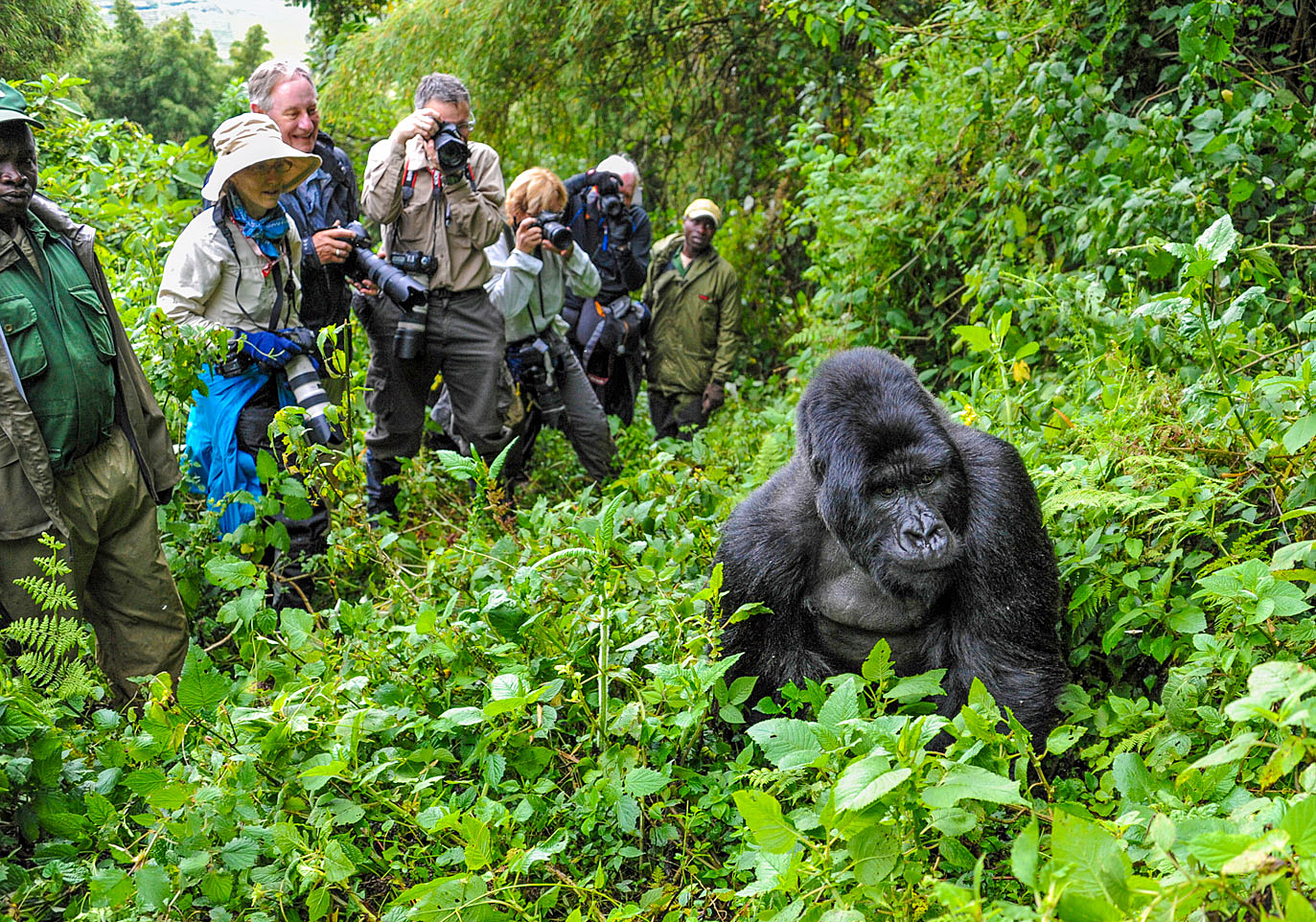
WHY IS GORILLA TREKKING EXPENSIVE?
Gorilla trekking is expensive because mountain gorillas are endangered and because of that many people want to see them. The high numbers of tourists interested in seeing them has forced many governments to raise the price of permits. and some countries collect revenue
Binoculars:
The parks you will be visiting are not all about gorillas. During you trek, you will encounter several species of birds, forest elephants, buffaloes, chimpanzees and colobus monkeys among many others. You can get good views of the birds and primates if you have a good binocular.
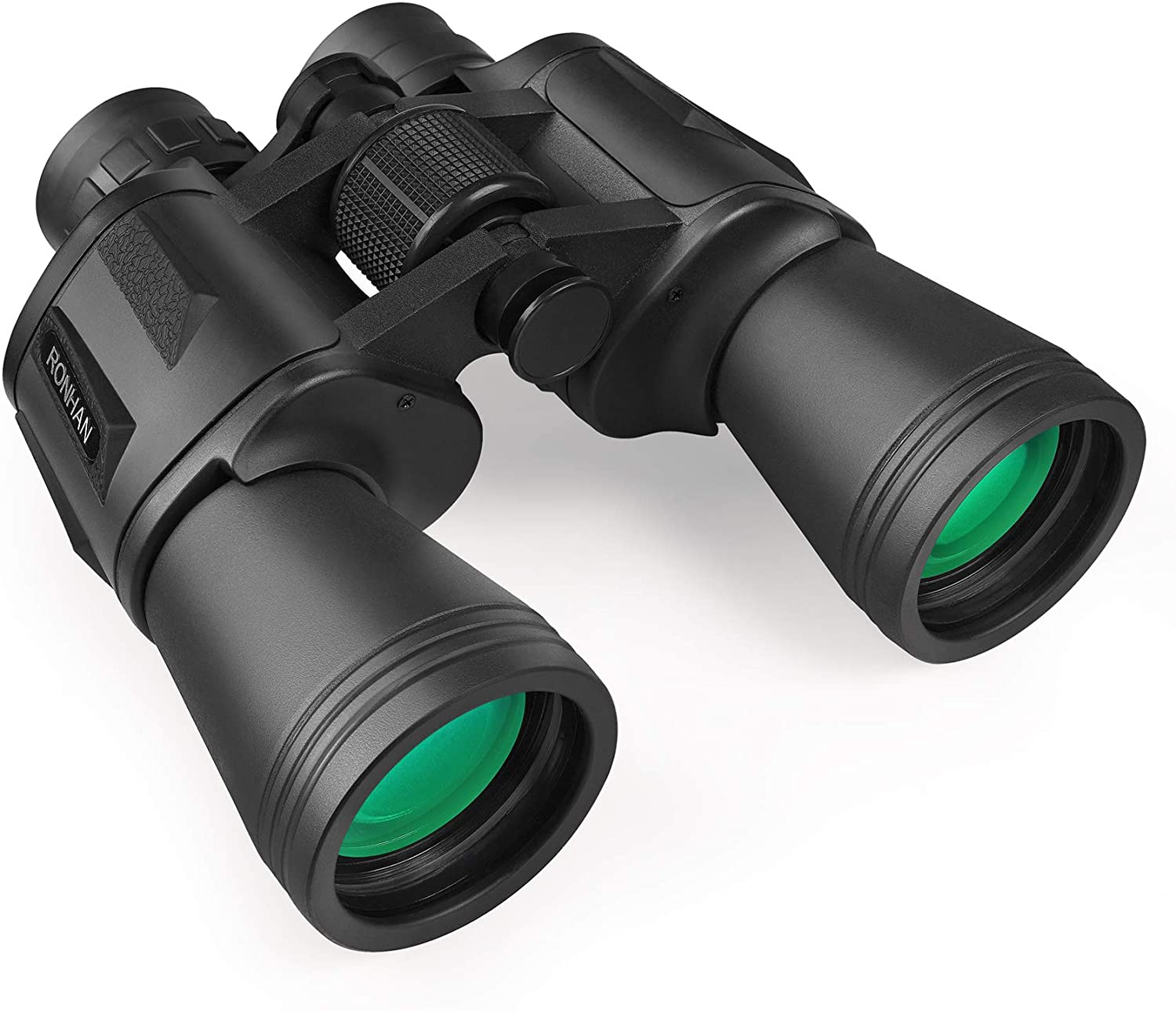
Snacks and Energy bits
Packed lunch and drinking water will be provided by the hotel but it is advisable to carry some snacks and drinking water: Gorilla trekking is very unpredictable. It all depends on the location of the gorilla family on the day of the trek. The activity can take between 30 minutes to 6 hours. Trekking for long distances could get you tired and hungry. Your lodge should prepare for you packed lunch or you can choose to park your own energy snacks. Energy giving snacks can also be acquired from supermarkets and specific shops in Rwanda and Uganda. Just make sure that you don’t forget them while living your hotel for the briefing. Also keep in mind that tracking mountain gorillas for long can become exhausting and you will need enough water. Your lodge will provide you with water. Avoid littering the park with plastic bottles.

Which countries offer Gorilla Tracking?
These four national parks offer some of the best gorilla viewing opportunities.
(1)Bwindi Impenetrable Forest National Park, Uganda
(2) Mgahinga national park-Uganda
(3) Volcanoes National Park, Rwanda.
(4) Odzala- Kokoua National Park, Democratic Republic of Congo.
WHAT IS THE MINIMUM AGE TO TREK MOUNTAIN GORILLAS?
In conclusion, gorilla trekking is a once in a lifetime adventure that requires visitors to be physically FIT in order to hike to view gorillas in the wilderness. The gorilla trekking age limit still stands as strict as it is; i.e. 15 years and above.
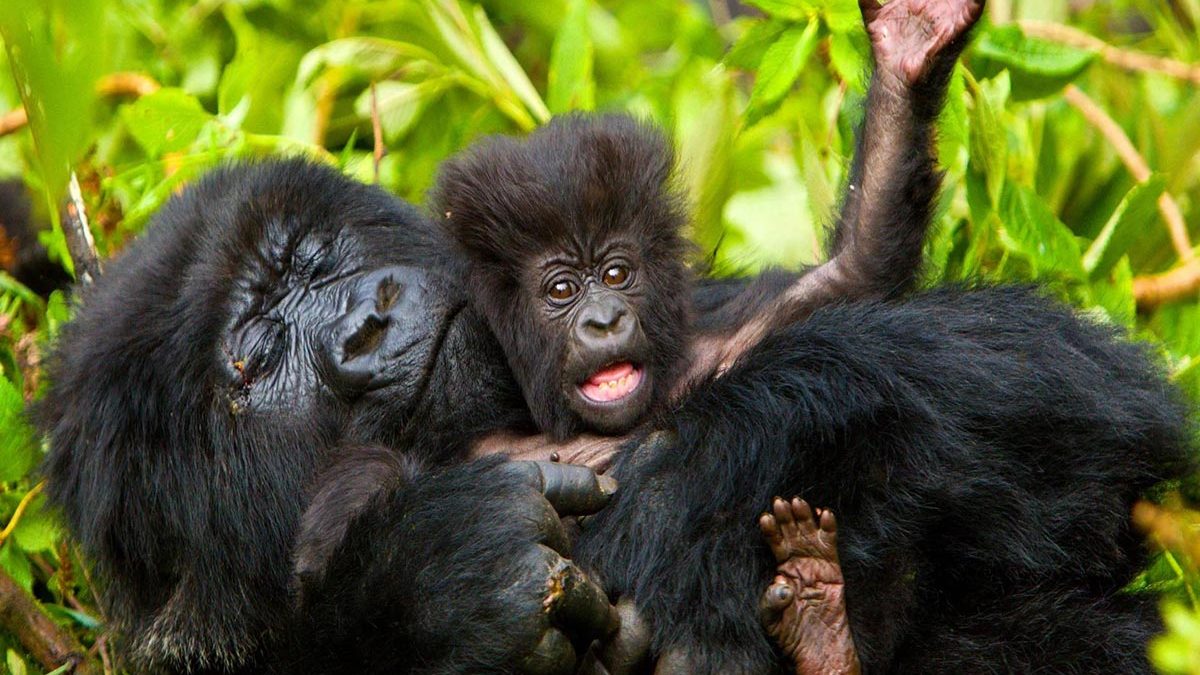
Gorilla Tracking and Permits
Only a limited number of permits are available in each gorilla park. It is therefore essential to book well in advance. Permits need to be paid for at the time of the initial safari booking so that they can be purchased immediately. Delay in payment can result in permits not being secured. Those going gorilla tracking need to be properly equipped and should consult our website for a packing list. To protect gorillas from disease, no children under 15 or people with illnesses may go tracking. Trackers must be fit and in good health as tracking in thick forest at heights up to 3,000m traversing steep-sided mountains and ravines can be tough, arduous and wet. Porters can be hired to carry equipment. Part of the gorilla permit fee goes to communities living around the gorilla parks. Permits purchased for tracking are non-refundable except in specific circumstances. In the event of medical issues on the day of tracking, the park authorities may, at their discretion, agree to a partial refund of the permit cost, providing a medical certificate is submitted. Volcanoes Safaris can only make a refund to an agent/client if the park authorities agree to the provision of a refund. In the event of national park or border closures, security changes or gorillas going out of range, a refund is at the discretion of the authority and is not within the company’s control.
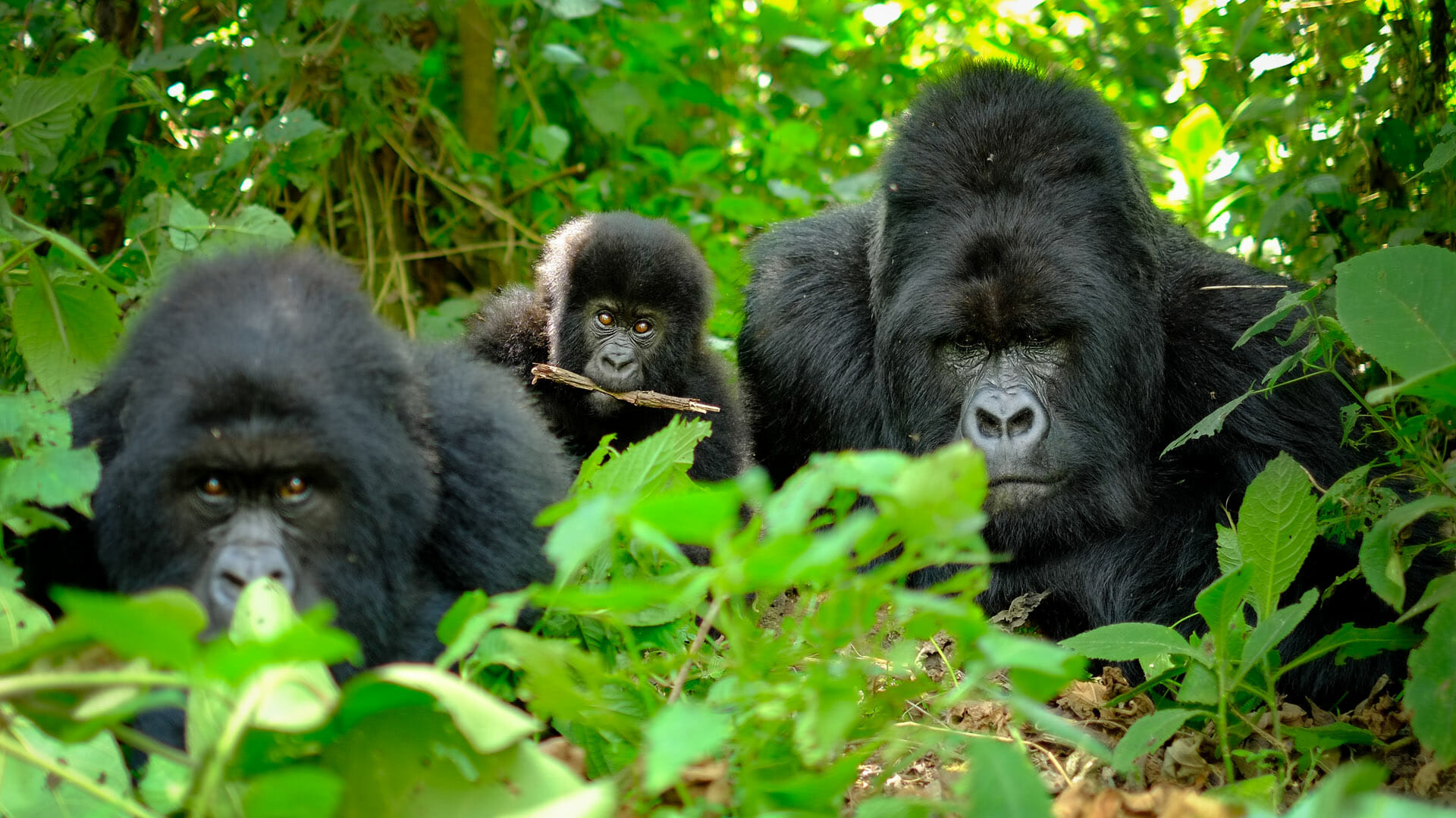
Obtaining a gorilla permit therefore is not a guarantee of seeing a gorilla. One hour is allowed with the gorillas, at a distance of at least 7 metres. Flash photography is not allowed, so fast film is useful (400-1600 ASA). Personal DVD recorders are allowed. Professional film makers require permission and need to purchase filming permits. At the national parks you will meet your ranger who explains the rules for tracking gorillas and will take you up to the gorillas. Please follow the rules stated.
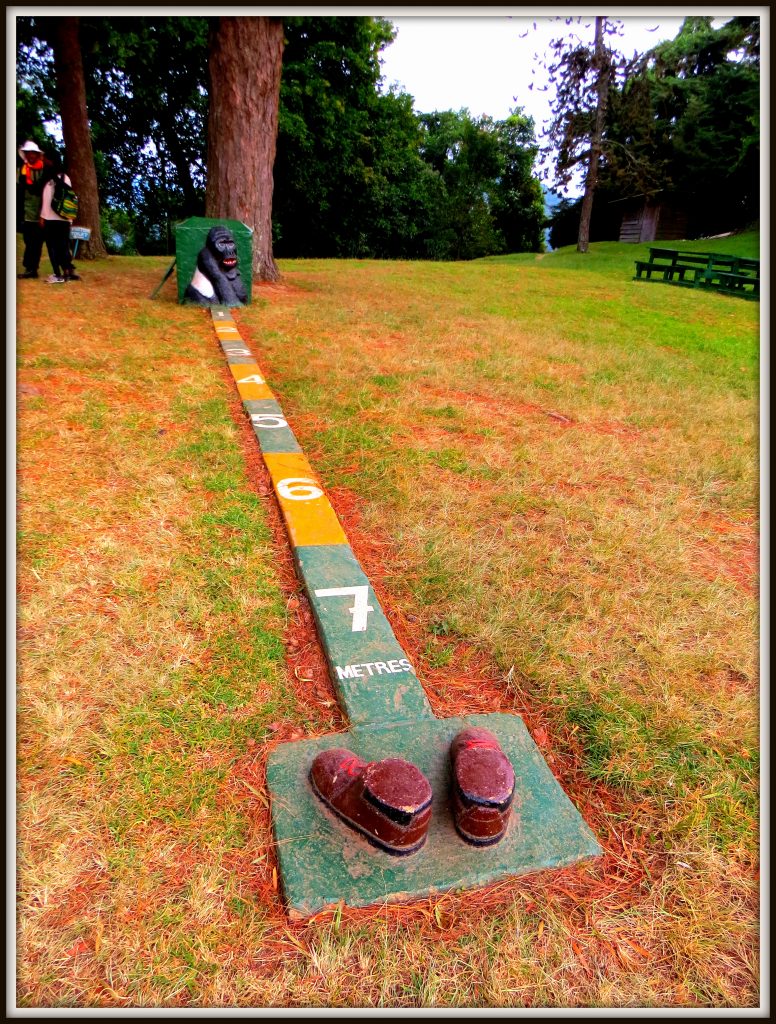
what to pack for gorilla trekking?
STRONG TREKKING POLES:
Although not essential for all, trekking poles are great in providing extra balance and support. Do a few practise hikes at home first as they take some getting used to.
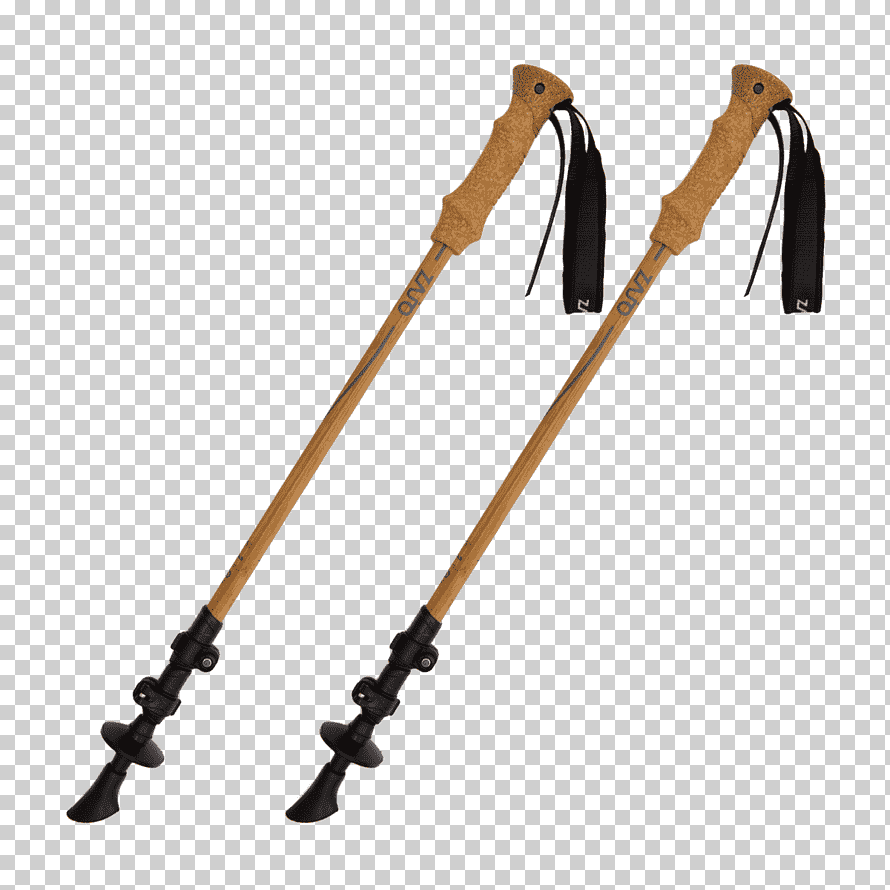
SAFRI PHOTGRAPHY CAMERA:
TRY getting FUJIFILM X-T4 and with 35mm prime lens which is perfect for snapping pics around Bwindi. or FUJIFILM XF 50-140mm Telephoto Zoom F2.8 R LM OIS WR Lens for a lot of shots.
A zoom lens (16-55 2.8) is great for those times you’re lucky enough to get up-close and personal for gorilla snapshots. so dont forget to come Camera with strong battery and and a few memory and, the camera charger please: You cannot go for a safari in Africa without a good camera. How will your friends know about your encounters during your safaris? How will you remember the events? Be prepared to take photographs of the gorillas and other wildlife, the beautiful park scenery and spots along your journey. The camera may run out of battery – pack extra batteries. Do not use flash photos while with the gorillas. They will get agitated.
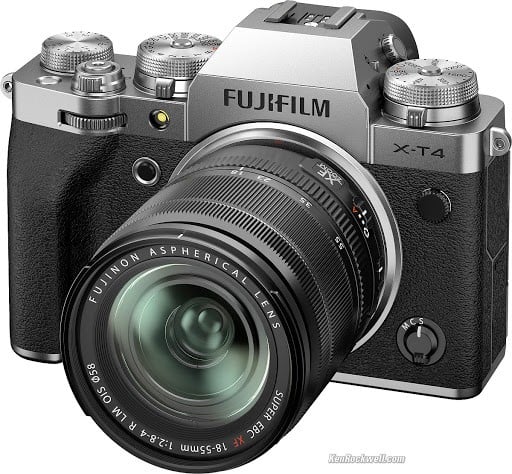
Pair of Gaiters
Invest in a pair of gaiters to keep water, stones, mud and sand out of your boots. Knee-high ones will keep the bottoms of your trousers dry.
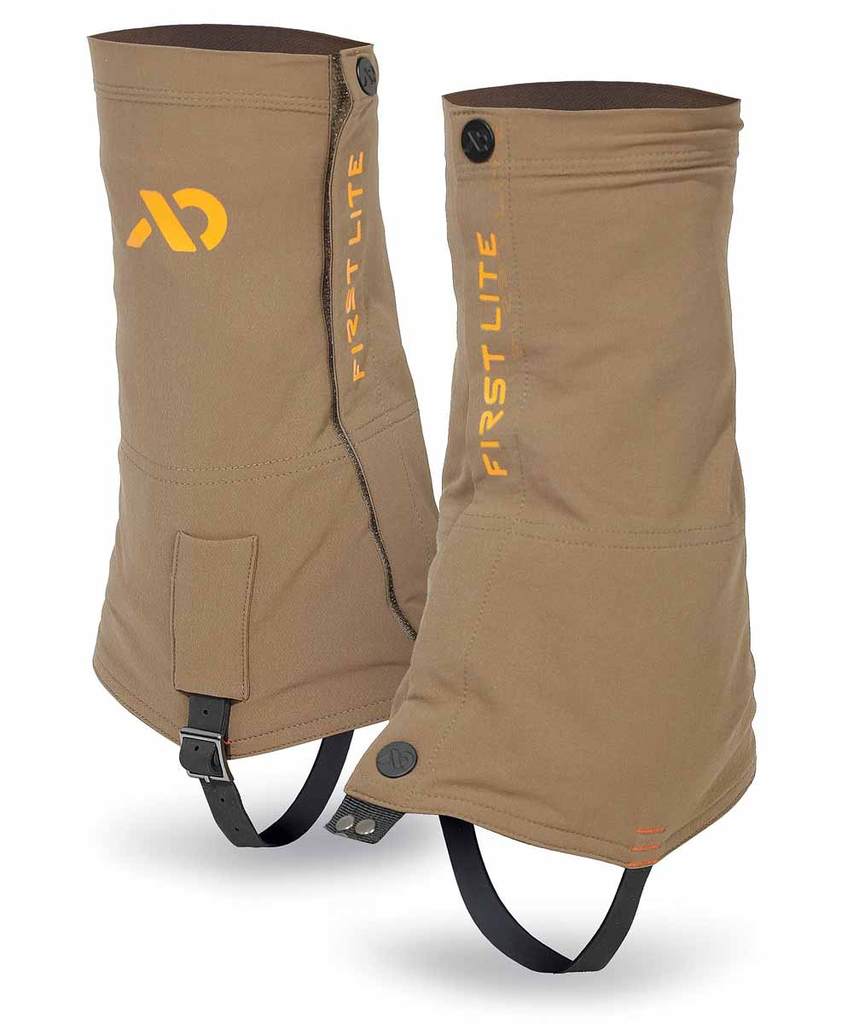
Camel bag water pouch
A Camel bag water pouch will allow you to sip water while keeping your hands free. Be sure to keep hydrated, especially at altitude.
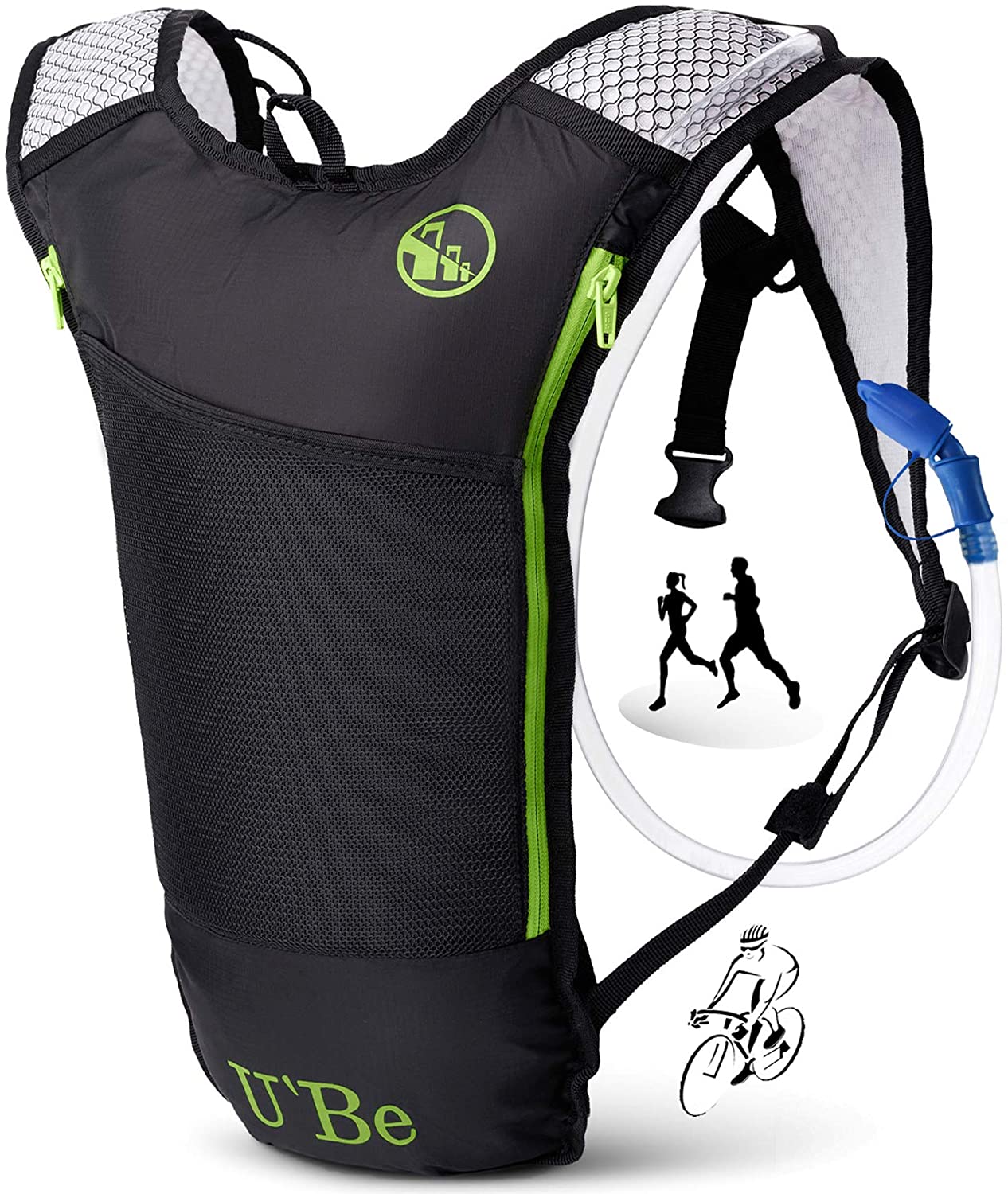
STRETCHABLE PANTS:
Be sure to opt for thick fabric because you’ll be walking by sharp greenery and be surrounded by bugs. Keep in mind that you will be climbing so test to see that you can get your knees hip-high without being uncomfortable.
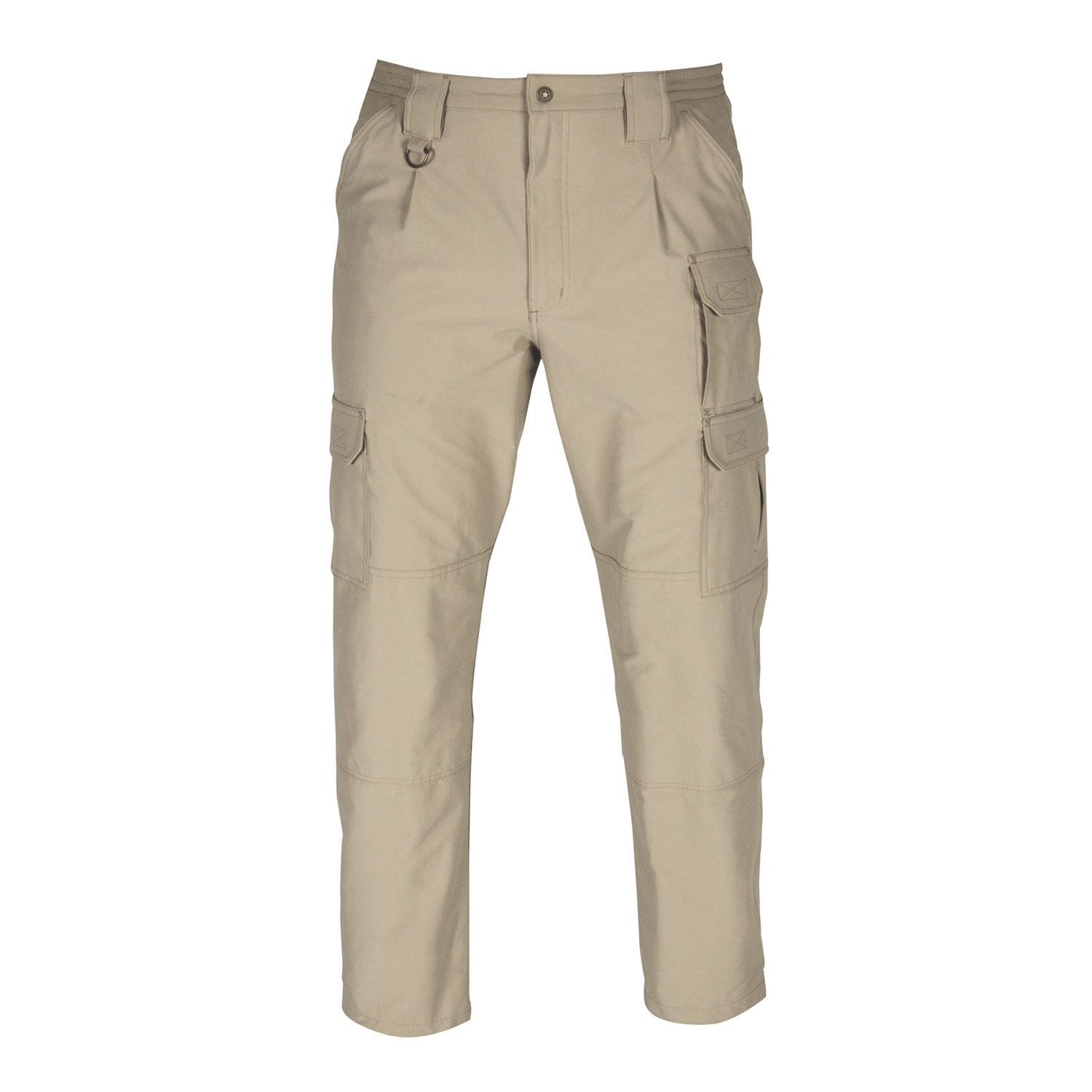
LONG SOCKS:
A Rain Jacket and sweater:
This is an essential item for packing especially during the wet season. Gorillas live in tropical rain forests and rain should be expected at any time regardless of the period of the year. A rain jacket should therefore be on top of your packing list even if you are planning to come in the so called dry season. The sweater will keep you warm during the cold evenings and mornings. The Volcanoes National Park and Mgahinga are located in areas of high altitudes with several volcanoes on the horizon which release cold winds and mist
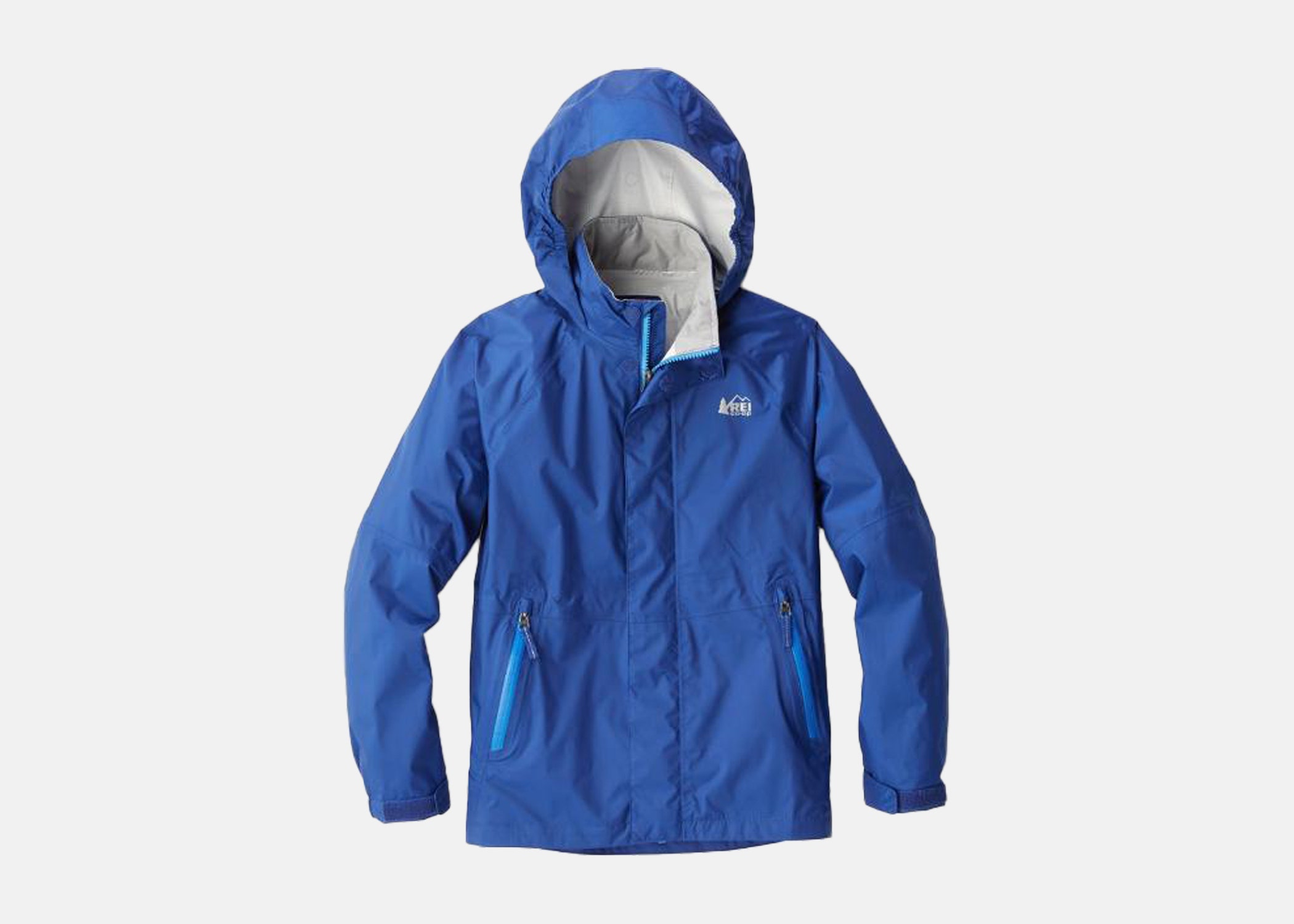
A pair of long socks:
it’s important to carry a pair of long socks that are “bug repellant” and they did work to stop bugs from penetrating them.
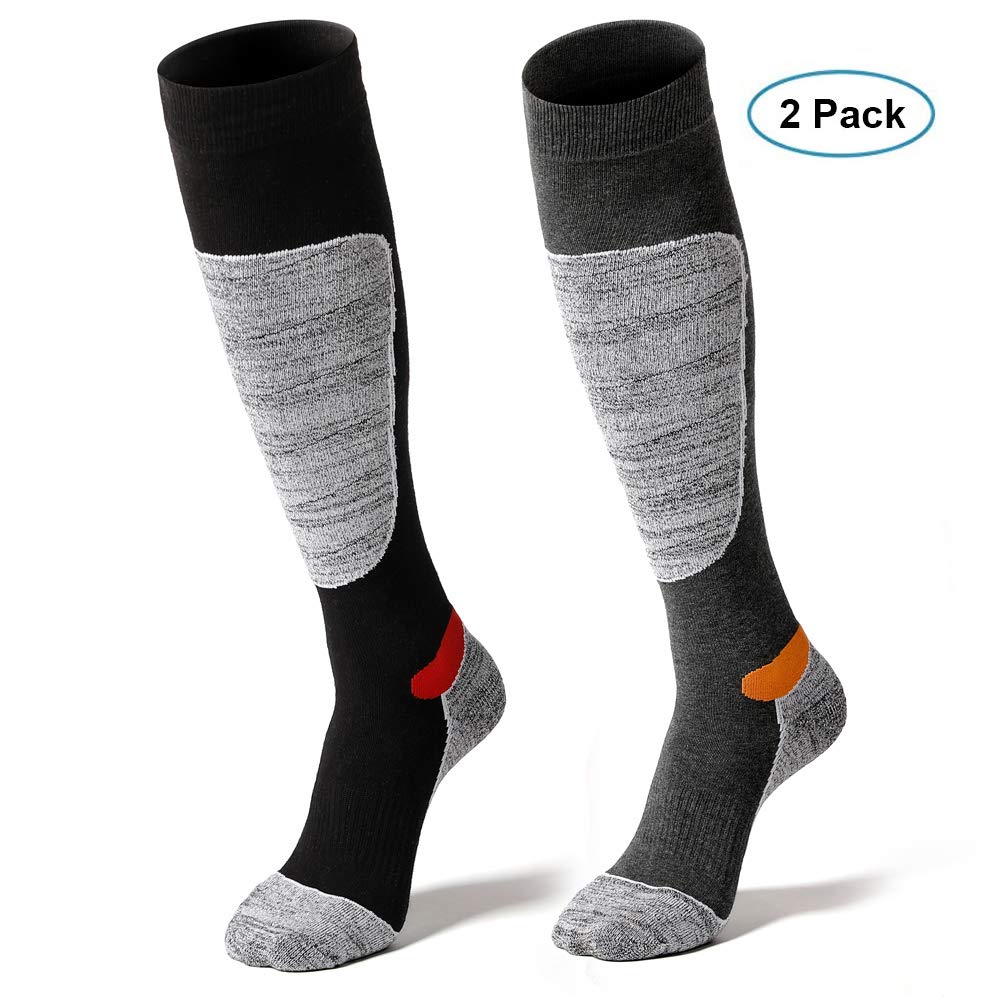
WATER PROOF HIKING BOOT WITH ANKLE SUPPORT:
If you aren’t able to bring the right footwear, you can rent rain boots at the park headquarters when you arrive for the initial briefing. It’s only a few dollars and far better than slipping around in sandals.
Unless it’s an impromptu trip or you’re really lacking luggage space, I’d highly recommend shopping ahead of time. Browse my rundown of the best shoes and boots for traveling, then wear in your pair a bit before you arrive to make them comfortable.
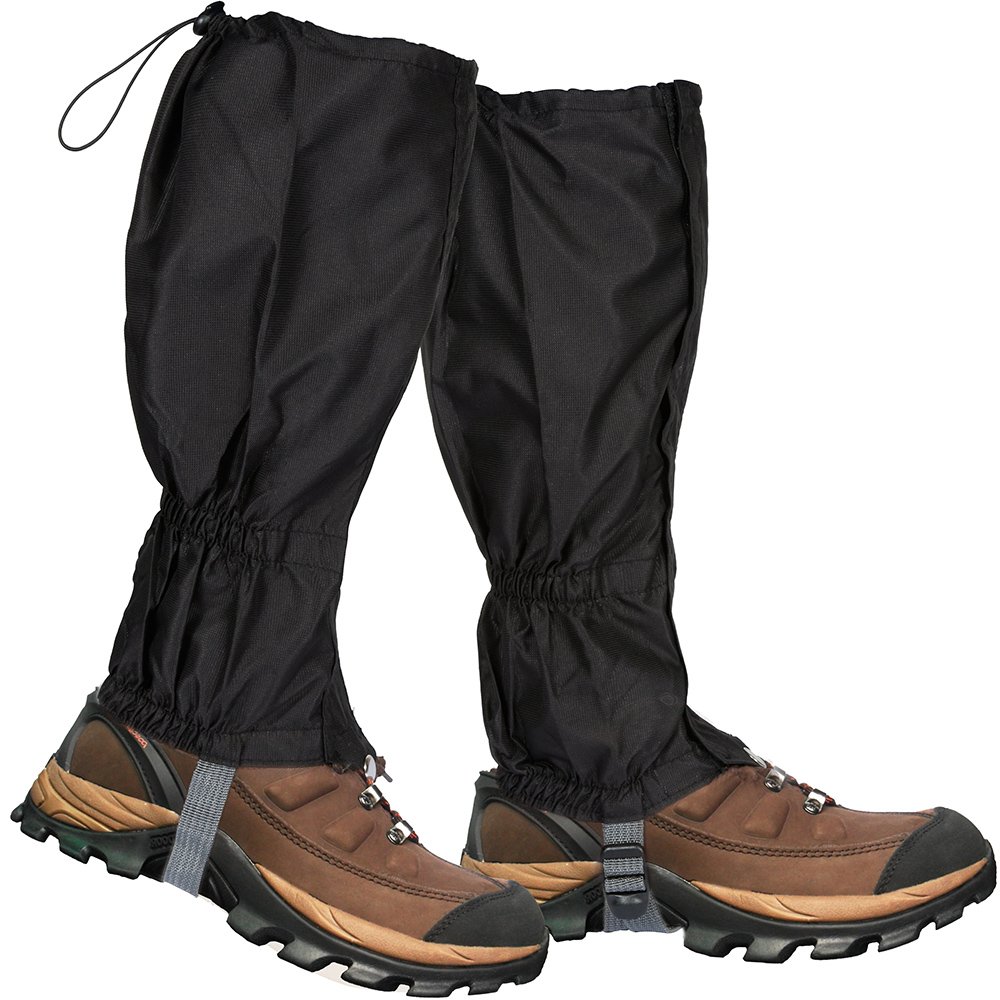
2 HOT WATER BOOTLES:
A hot-water bottle is a bottle filled with hot water and sealed with a stopper, used to provide warmth, typically while in bed in cold areas, but also for the application of heat to a specific part of the body.

Headband and Hair Ties:
Your hair could get caught in the branches if not properly tied.
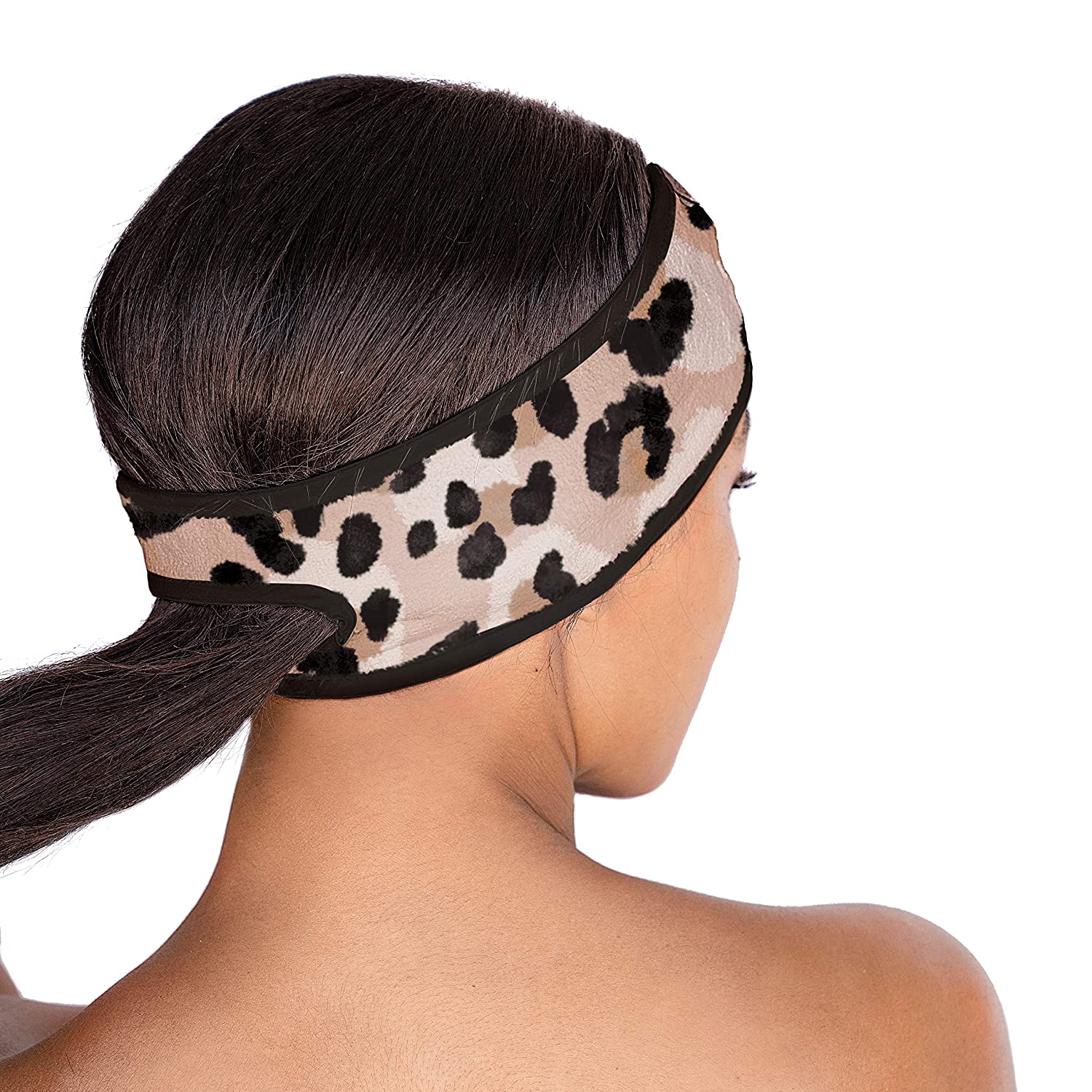
Gloves:
Garden gloves will help you hold trees, branches and other vegetation. The gloves will also protect your hands from scratches and insect bites. As we already noted earlier, the forest can get muddy and slippery. The gloves will help you hold tree branches when climbing or the ground in case you slide. Gloves are a must in any packing list for gorilla trekking.

Gorilla porter
If you are offered the option of a porter to carry your pack, please consider employing (and tipping) him. Many porters are reformed poachers and rely on the income from trekking to support their families (and not slip back into lucrative poaching).Porters were briefly mentioned early and I will go into more details here. the Porter helps the tourist carry any extra luggage or heavy cameras during gorilla trekking. They can also give you a helping hand when navigating through steep hills and valleys. Porter can help carry the elderly using special pouches when required. Porters charge a fee of about $20 and are normally residents of the surrounding areas. By paying for their services, you help the community, their families and make them desist from poaching. Some of the porters are students who are looking for fees to go back to school. We advise all our clients to hire a porter if they are not sure of their fitness level or if it has been determined that the gorilla family moves a lot.
Other items:
Other general items to consider are travel insurance, emergency telephone numbers, travel maps, directories and the final itinerary from your tour operator. Having money in local currency is also important when you want to tip your Guides or buy souvenir in areas with no credit card machines or ATM’s. To keep your money safe, acquire a money belt.
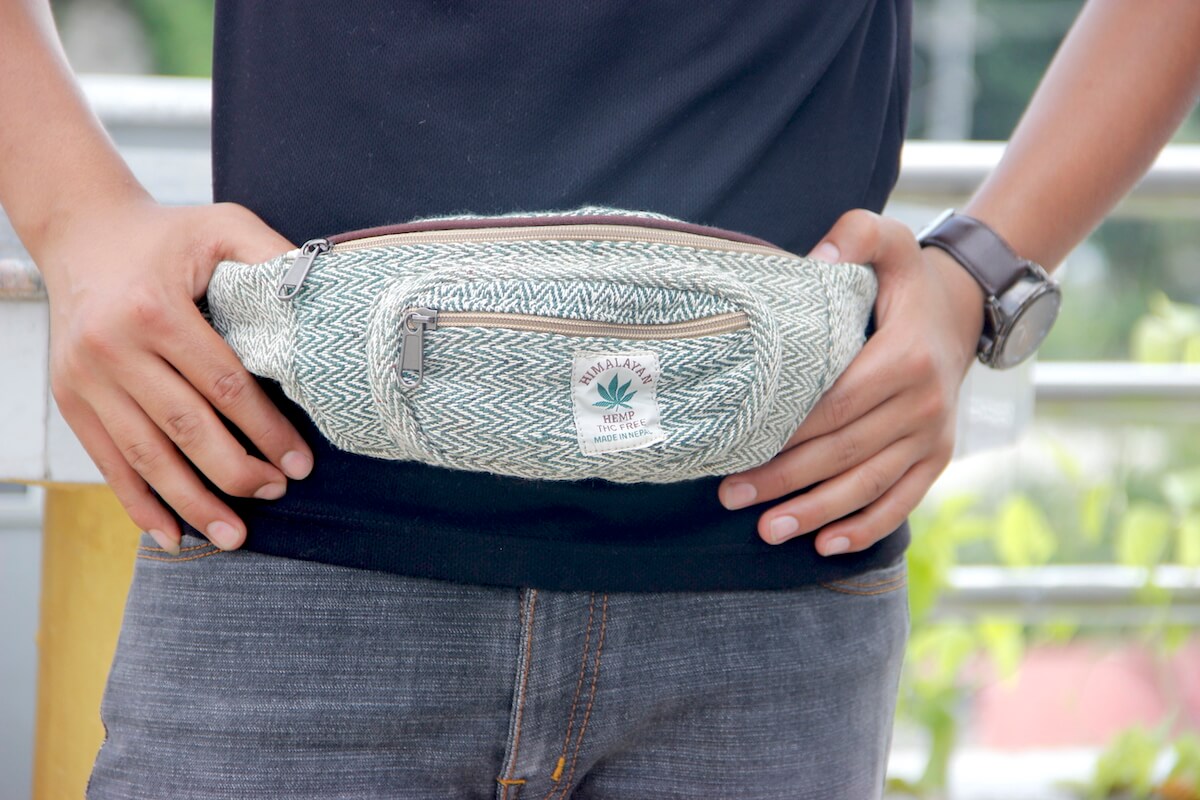
first aid: Most of our tour vehicles have first aid equipment but we recommend that visitors bring tablets for water purification, painkillers, any personal medications for medical conditions and allergies. You might also need to bring medicine that reduces pain from insect bites, medicine for flue, diarrhea, other colds and those that re-hydrate the body. Bandages, Scissors, Tweezers and Eye Drops may also be important during the trip. Never forget swimming wear especially during the dry season. Most of the hotels have large swimming pools overlooking beautiful African wilderness.
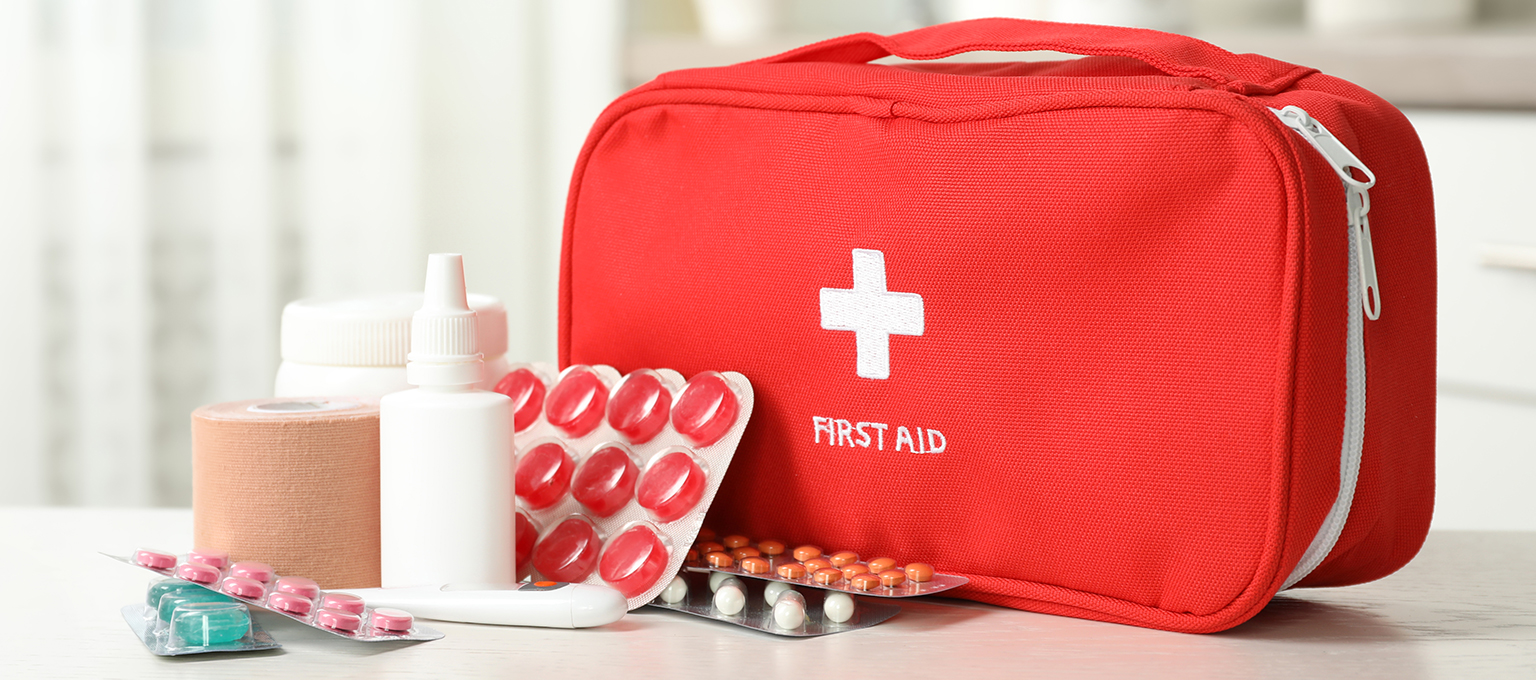
TOP TIPS FOR FIRST-TIME GORILLA TREKKERS:
THE TREKKERS:
Expeditions are led by professional guides and trackers, and finding a family group can take anything from about two to eight hours. You will not be left behind or expected to move at a very fast pace – your guide will stop regularly to allow you to rest and refresh.
DURATION: WITH THE GORILLAS:
Once you find a family, you will spend 40 minutes to ONE hour observing them from a safe and government-mandated distance away. Be sure to take pictures (without a flash or loud camera mechanical shatter sounds), and then allow yourself time to enjoy watching their very human gestures, interactions and emotions. Gorillas that are habituated will tolerate human presence but it is important not to disrupt or aggravate the group with obtrusive movements, noise or eating.
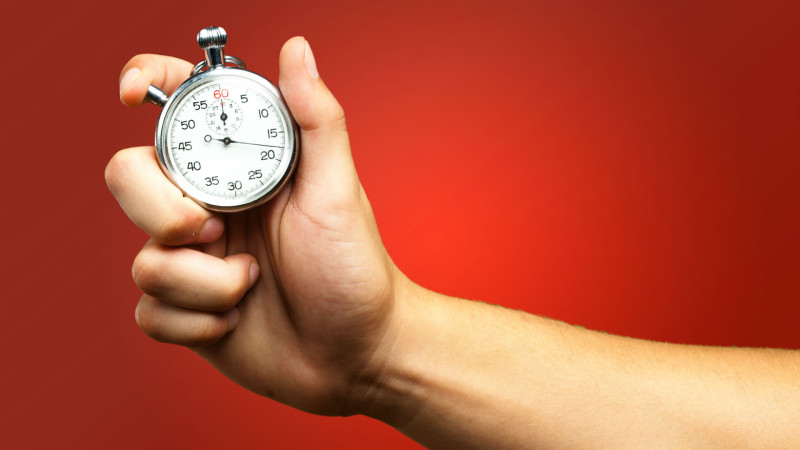
INSECT REPELANT:
Be prepared for plenty of insects – standard in any rainforest environment but well worth the trouble to see gorillas and be in such a pristine place.
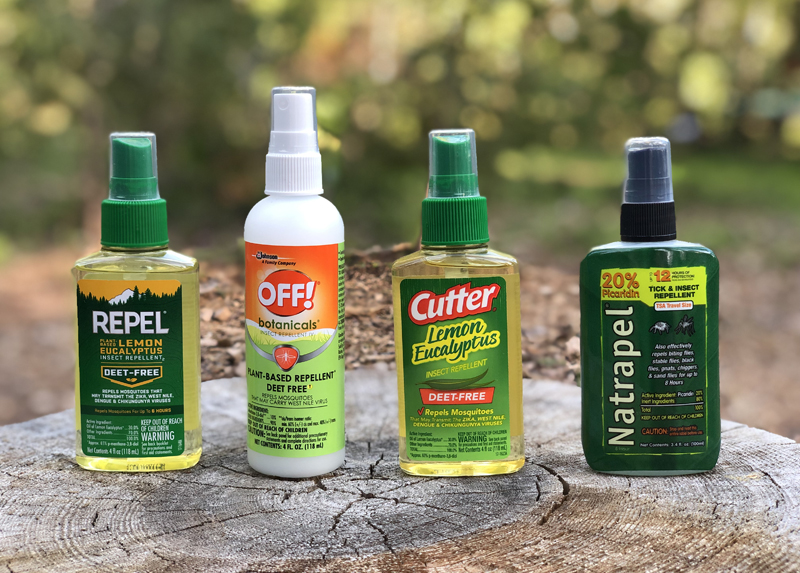
Follow Xavier Safaris on Facebook
